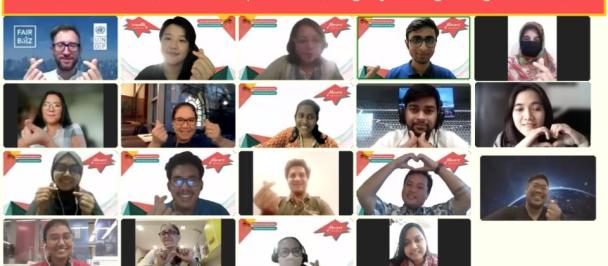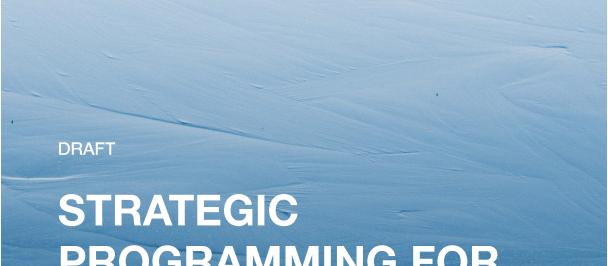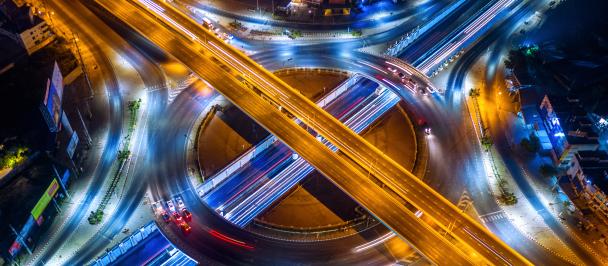Sustainable Procurement is a distant dream. An estimated 10-20% of the total funds spent on public procurement are wasted on corruption and bribery and only 2.81% of contracts are openly disclosed
By Darko Pavlovic, Project Manager, Promoting a Fair Business Environment in ASEAN, UNDP Bangkok Regional Hub
If you had to choose a key priority to enable the global community to achieve all the Sustainable Development Goals (SDGs) by 2030, which would it be?
I believe it is sustainable public procurement. Countries around the world collectively spend an estimated USD 13 trillion or 10-20% of their GDP on government contracts.
For the SDGs to be met by 2030, public procurement needs to be inclusive, making sure that the products and services we buy are as sustainable as possible, with the lowest environmental impact and most positive social results. Enter the concept of “Sustainable Public Procurement”.
Today, Sustainable Procurement is a distant dream. An estimated 10-20% of the total funds spent on public procurement are wasted on corruption and bribery and only 2.81% of contracts are openly disclosed.
In the past two years the lack of transparency has been severely exacerbated by the COVID-19 pandemic. Only 1% of global procurement is awarded to women-owned companies and other marginalized groups. Throughout the developing world, SMEs - which represent the backbone of fledgling economies, have poor access to government tenders. The reason is that SMEs may have limited financial resources to incur the cost of lengthy payment delays or limited human capacity to work on extensive administrative bidding requirements for public contracts.
At a recent Regional Dialogue on the Role of Public Procurement in Achieving the SDGs convened by UNDP’s FairBiz project we delivered three key messages:
First, public procurement practices should be inclusive and sustainable. To implement their SDG commitments, governments should develop bidding criteria to address social, economic and environmental priorities. These should include such diverse issues as gender and human rights, access for local SMEs, and monitoring the environmental impact of the entire cycle of production and supply. There are some positive examples of this happening in the ASEAN region: the governments of Indonesia and Thailand have allocated 40% and 30% respectively of their procurement contracts to SMEs. The OECD’s Methodology for Assessing Procurement Systems (MAPS) can help assess the sustainability of public procurement systems.
There are lessons here for the public sector from the private sector: for example, Unilever Thailand has committed to spending EUR 2 billion procuring from diverse businesses by 2025, where 51% or more are owned, managed, and controlled by members of diverse groups. Such practices need to become commonplace in the public sector, not exceptional.
Second, technology is a critical tool to enable Sustainable Public Procurement. Paper-based procurement has by and large been supplanted by e-procurement in most of the developing world. Evidence from the UK and the Republic of Korea demonstrates how intuitive digital procurement platforms can open government contract to SMEs. These new “digital marketplaces”, which provide a user-friendly interface for the SMEs, are becoming widespread throughout the developing world. They open up government procurement to increased competition and greater transparency. The Indonesian Government, supported by UNDP, is going further by providing training to SMEs encouraging them to use their new e-procurement platform.
Technology has enabled the publication of procurement data in new ways. By disclosing procurement data in standardized formats, such as Open Contracting Data Standard (OCDS) and the Infrastructure Data Standard (IDS), which are actively used by governments like Thailand and Indonesia, public procurement authorities open their government contracts to scrutiny by the media and civil society.
Until quite recently, fraud and corruption were detected only after a tender, often raised through the complaints system, and entailing a painstaking, time-consuming and labor-intensive investigation. The new technologies open new opportunities for collecting and analyzing data at a speed and with an efficiency beyond the capabilities of any human investigations team. Artificial intelligence and blockchain enable not only the detection of corruption after the event, but can even have a predictive quality, highlighting danger areas and red flags. An early example of this is Microsoft’s Anti-Corruption Technology and Solutions (ACTS) which is being piloted in Mexico.
Lastly, Sustainable Public Procurement requires a collective action approach. In order to make public procurement sustainable, governments need to engage citizens, civil society, and the private sector in the entire procurement process. For example, Government Procurement Policy Board (GPPB) of the Philippines partners with the CSOs by providing them with open and free access to important tools and instruments. CSOs also have access to capacity development opportunities and to consultative meetings of policy formulation. With the newly established Massive Open Online Course, LKPP (National Public Procurement Agency) in Indonesia is improving capacity of SME sector to participate and win the contracts.
UNDP promotes the adoption of a collective action in the Resource Guide: Building Transparent and Open Public Procurement Systems for Achieving the SDGs in ASEAN. The newly developed online public procurement course focuses on the fundamentals of public procurement, uniquely serving as a primer for all stakeholders – procuring entities, businesses as prospective suppliers, as well as civil society participating in procurement for accountability and advocacy.
Public procurement can be an important tool in achieving the SDGs by 2030 and stimulating sustainable green growth, but only if governments commit to transparency and inclusive and sustainable policies and practice.
We need to act collectively and urgently.

 Locations
Locations



